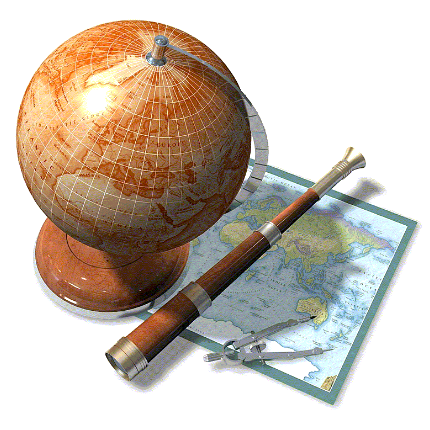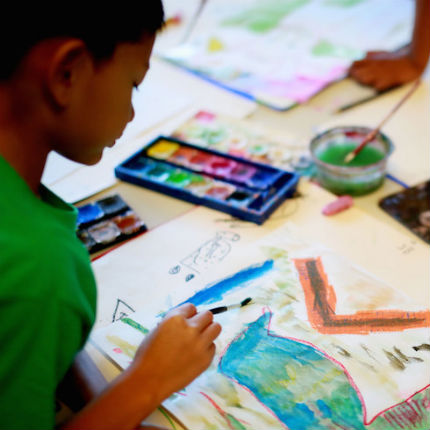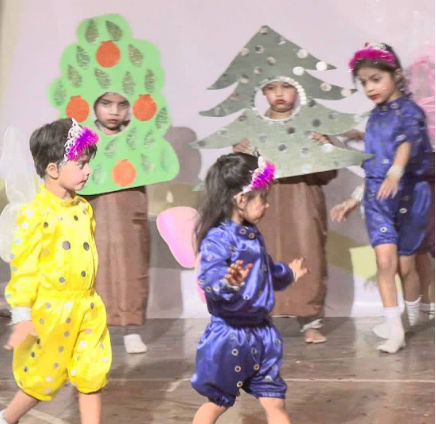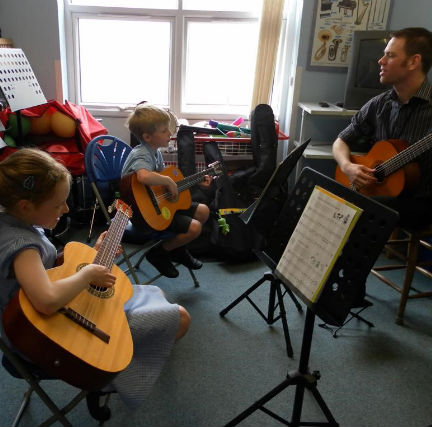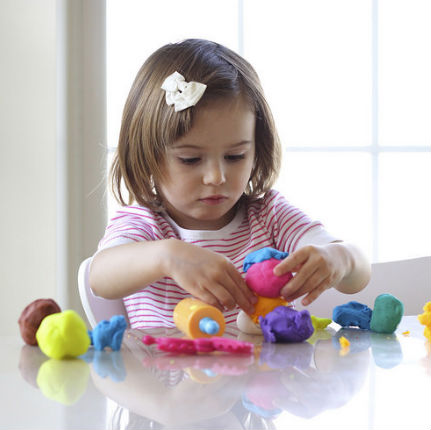Philosophy of Our Curriculum
The curriculum is based on the belief that children learn best through “active learning,” direct, hands-on experiences with people, objects, events, and ideas. Children are encouraged to “construct’ their own knowledge by pursuing their personal interests and goals, guided by trained adults who understand the important learning areas for children in the preschool years. Active learning is central to all the activities in the program, whether planned by adults or initiated by children. Our Curriculum in other words reflects in its 3 C’s Curriculum- Child, Content and Context.
What does this curriculum include?
Preschool Key Developmental Indicators (Key Experiences) “Key developmental indicators” (KDls) are early childhood milestones that guide teachers as they plan & assess learning experiences & interact with children to support learning. The term “key developmental indicators” replaces the term “key experiences.” The 58 KDls match the 58 preschool key experiences, but they have been reorganized under the following five curriculum content areas: approaches to learning; language, literacy, & communication; social & emotional development; physical development, health, & well-being; & arts & sciences. Arts & sciences are further divided into these subjects: mathematics, science & technology, social studies, & the arts. These content areas, based on the school readiness dimensions of the National Educational Goals Panel, align readily with national & state early learning standards.
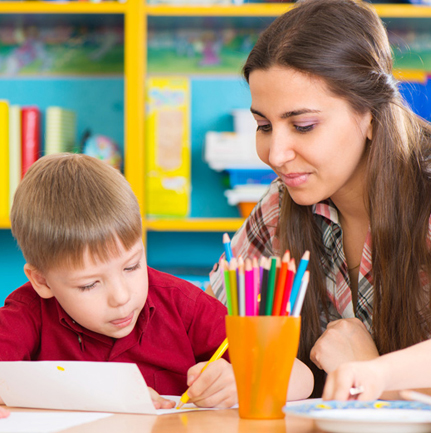
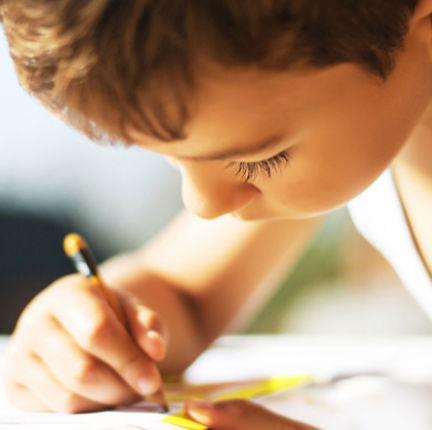
Glimpse of Curriculum
1. Approaches to Learning Making and expressing choices, plans, and decisions ,
Solving problems encountered in play
2. Language, Literacy, and Communication Talking with others about personally
meaningful experiences , Describing objects, events, and relations , Having fun with
language: listening to stories and poems, making up stories and rhymes , Writing in
various ways: drawing, scribbling, letter like forms. invented spelling, conventional
forms, Reading in various ways: reading storybooks, signs and symbols, one’s own
writing , Dictating stories
3. Social and Emotional Development Taking care of one’s own needs , Expressing
feelings in words , Dealing with social conflict
4. Physical Development, Health, and Well-Being
5. Arts and Sciences Paper tearing , Water colours- dabbing , Paper crumpling and
pasting , Clay modeling and many others
6. Mathematics
7. Science and Technology: Classification Recognizing objects by sight, sound,
touch, taste, and smell ,Exploring and describing similarities, differences, and the
attributes of things and others
8. Time
9. Social Studies
10. Visual Arts
11. Dramatic Art
12. Music
13. Fine Motor Development
